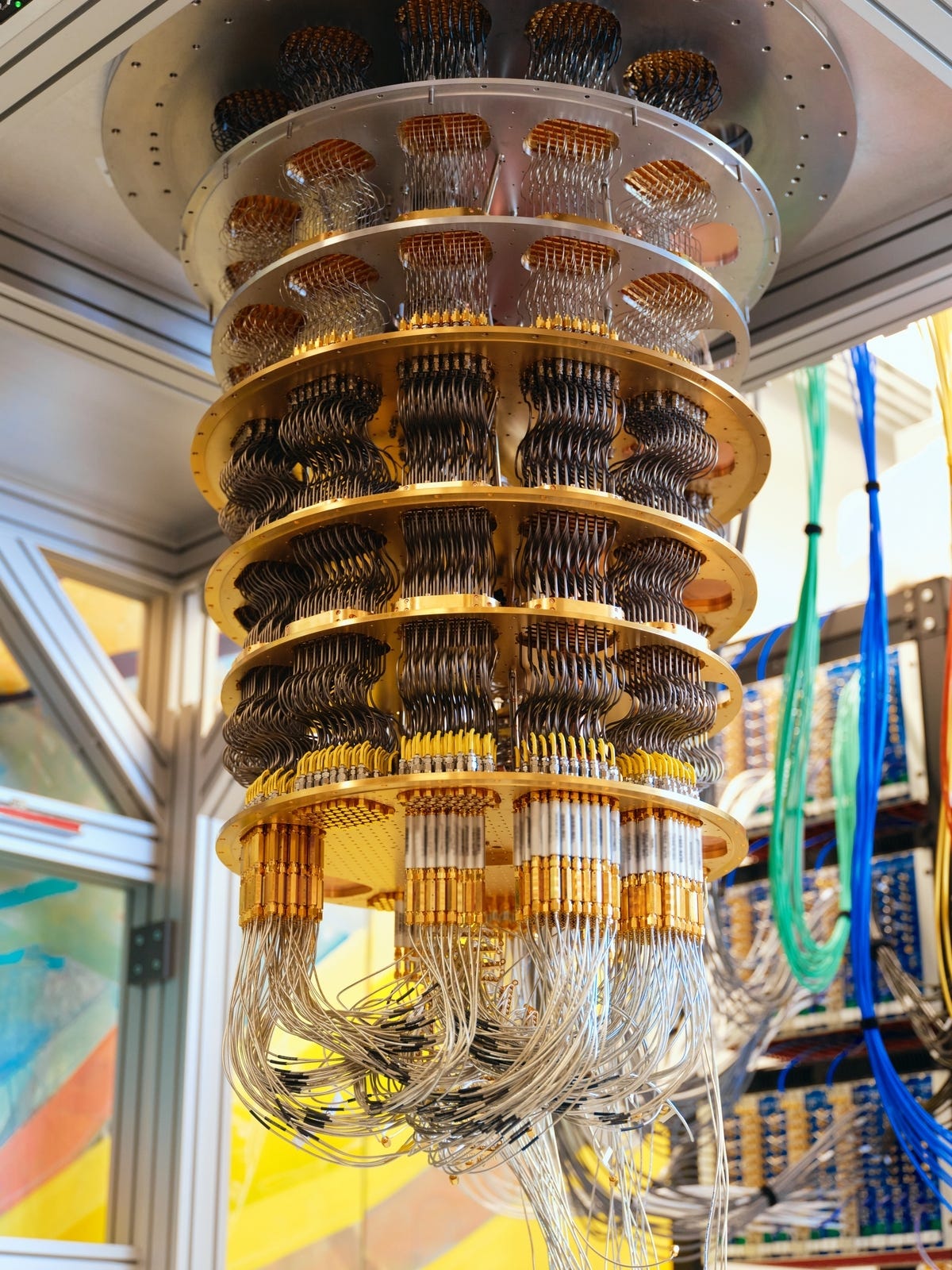Web3 is all about decentralization and borderless innovation, yet 80% of its content is in English. Here’s the catch: only 25% of crypto users are native English speakers. That means millions of people interested in blockchain, DeFi, and NFTs aren’t getting the information they need in a way that truly speaks to them.
Latin America and Brazil are some of the fastest-growing crypto markets. Reports from Chainalysis show that countries like Brazil, Argentina, and Mexico are leading the way in crypto adoption. Brazil alone ranks among the top nations for blockchain use — but most Web3 projects still treat these regions as an afterthought.
That’s a huge missed opportunity. Web3 is about empowering people financially, but if projects aren’t communicating in the languages people actually speak, how can they expect adoption?
A simple word-for-word translation isn’t going to cut it. Direct translations often sound robotic or unnatural, making potential users feel disconnected. Localization means adapting content to fit cultural nuances, references, and even humor, making it feel authentic and relatable.
The reality is: people trust content in their own language. If a DeFi protocol, NFT marketplace, or blockchain project wants to truly expand, they need to speak their audience’s language — literally and figuratively.
Going multilingual isn’t just about being nice — it’s a growth strategy. Here’s how localized content can directly impact Web3 projects:
More Users, More Adoption — The easier it is to understand, the faster people onboard.
Stronger Communities — Conversations thrive in native languages, creating deeper engagement in Telegram, Discord, and Twitter.
Better SEO & Search Visibility — Search engines prioritize localized content, improving ranking and organic traffic for non-English users.
Higher Paid Ad Performance — Well-optimized multilingual content ensures better ROI for paid marketing campaigns in different regions.
Trust & Loyalty — Users stick around when they feel included and valued. It’s that simple.
If a project wants to scale, here’s where they should start:
1️. Create Localized Content — Blog posts, whitepapers, and FAQs should be adapted — not just translated.
2️. Run Social Media in Multiple Languages — Engage users where they already are: Twitter, Telegram, Discord, and YouTube.
3️. Leverage Short-Form Content — TikTok, Instagram Reels, and YouTube Shorts are where non-English-speaking users are most active.
4️. Optimize for Multilingual SEO & SEM — Implement localized keywords and ad strategies to maximize search reach and paid ad performance.
5️. Invest in Educational Content — Web3 adoption grows faster when people actually understand how it works. That means localized tutorials, explainers, and community-driven resources.
Some Web3 projects have already embraced multilingual strategies:
✅ Binance — Their global presence is backed by content in over 30 languages.
✅ Bankless DAO — Their community-driven translation efforts make knowledge accessible worldwide.
✅ Ethereum Foundation — Actively supports translations and funds local content creators.
Web3 is supposed to be for everyone, but that won’t happen if projects keep communicating in just one language. The startups that prioritize localization now will scale faster, build stronger communities, and stay ahead of the competition.
The question is: Will your project be part of the global shift, or will it stay stuck in an English-only bubble?
Ready to expand your Web3 reach? Let’s talk about how multilingual content can help.
Let´s connect on Linkedln

 8 months ago
77
8 months ago
77


 English (US) ·
English (US) ·